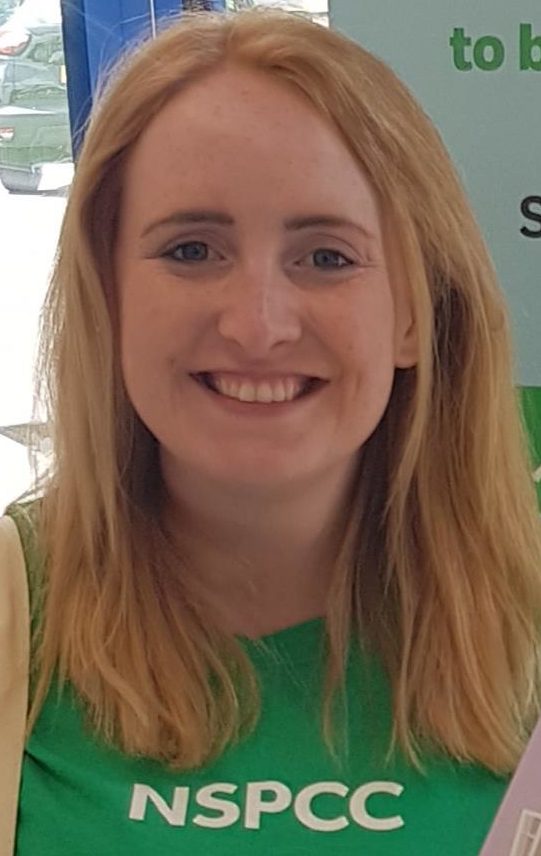June is Pride month, a time when LGBTQ+ communities are celebrated all around the world.
Unfortunately, for the second year in a row, most Pride celebrations will be virtual, due to the uncertainty of the pandemic and restrictions on large gatherings.
When spending time online, all children should be able to have a safe and positive experience, but we know that this isn’t always the case and some children may have negative experiences.
The internet can offer children and young people who identify as LGBTQ+ a space where they have a sense of belonging and community, and where they can explore their own identity. But it can also be a place where they are exposed to bullying or inappropriate content, perhaps even more so over the last year as so many of us have spent a lot of time online.
Children can find a sense of belonging and who they are online
Online spaces can be used for sharing photos and making friends with similar interests. They can also be places where young people can look for or give support, providing a sense of community and belonging.
It is important for young LGBTQ+ people to be able to use the internet to connect with who they are and explore their identity and sexual orientation.
Listening when a child speaks about their time online and looking out for signs that they have had a negative experience are important
However, if a child puts themselves out there online, there is always a chance that they could see or experience things that are upsetting, such as abusive comments or language or bullying. They could also be asked to share personal and private photos when they aren’t comfortable doing so.
Parents can still make sure kids stay safe
There are lots of ways to help ensure a child stays safe online. It’s important for a parent or carer to let them know they’re on their side and are there to support them, for example, and that they can talk to them about anything.
Listening when a child speaks about their time online and looking out for signs that they have had a negative experience are also important.
https://www.youtube.com/watch?v=3zeuuHhzQ5A
Reporting and blocking comments and users on a child’s favourite apps are useful tools and exploring how to do this with a parent or carer can be helpful for children. As is talking to them about sharing content with others and some of the things they should think about before they do.
For more information on keeping children safe online visit net-aware.org.uk.
If a child or young person sees something that upsets them online, Childline is here, free and confidentially, on 0800 1111 or at childline.org.uk.
Carla Malseed is a local campaigns manager for NSPCC Scotland

